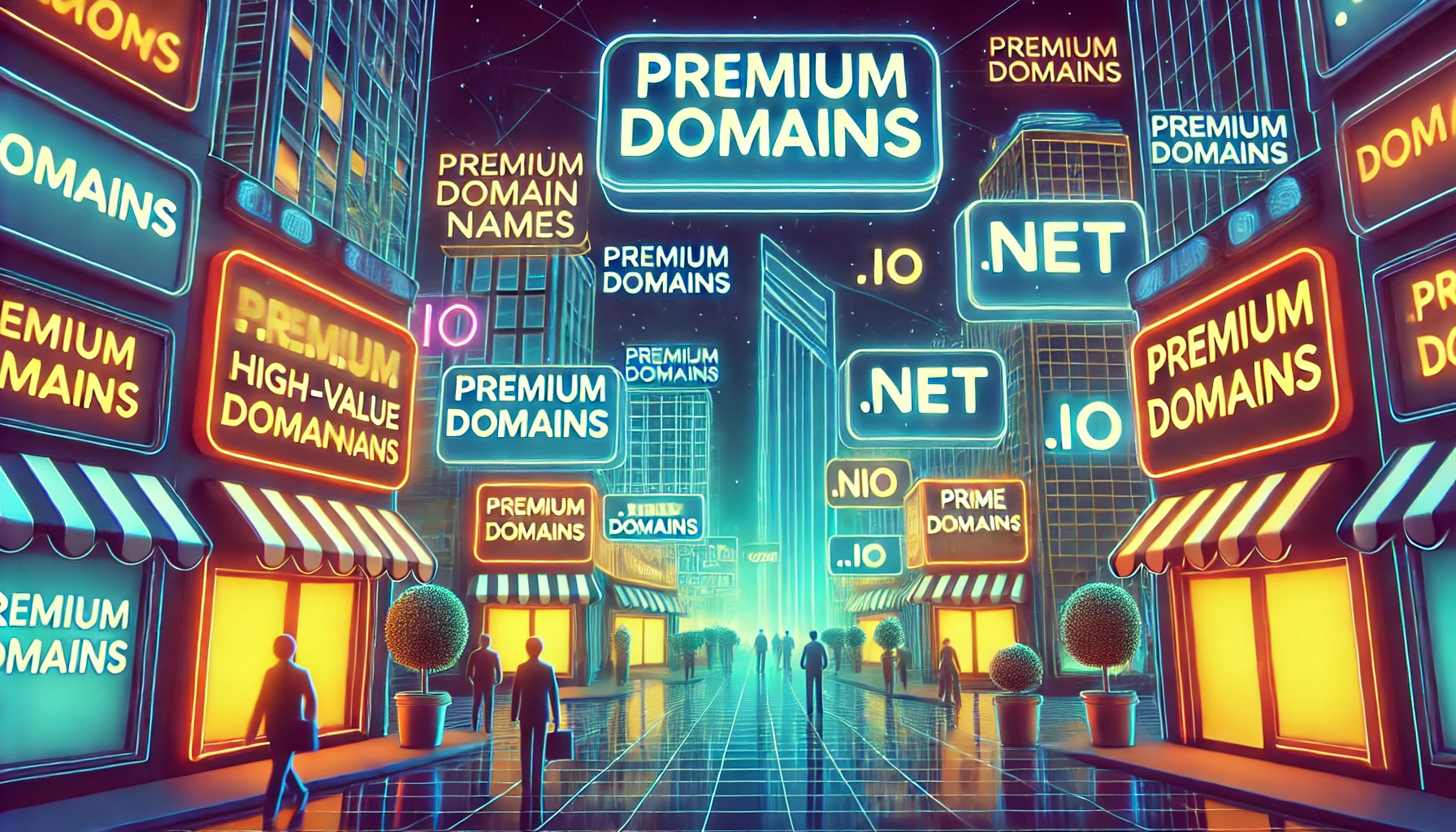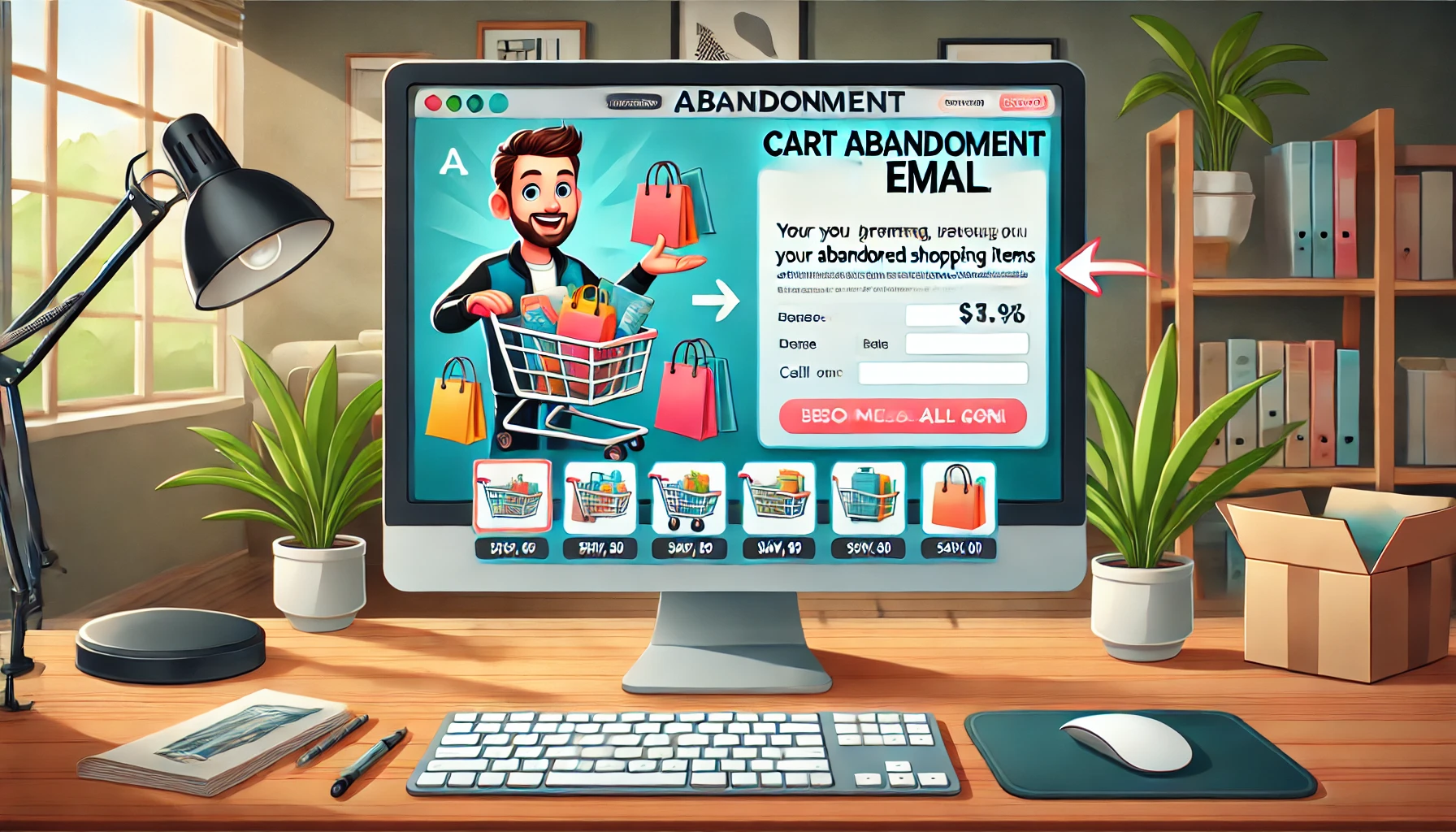If you’re diving into marketing, one crucial piece you need to nail is understanding your customer. Why? Because knowing who you’re selling to is not just a part of the game—it’s pretty much the whole game. And this isn’t just about knowing names and numbers; it’s about understanding their journey from the moment they start looking for a product to the moment they pull the trigger on a purchase.
Let’s break it down. The buyer’s journey has four main stages: awareness, interest, consideration and decision.
- Awareness: This is where your potential customers first realize they have a problem or a need that needs solving. They might not even know what the solution looks like yet—they just feel the pinch of the problem.
- Interest: Now they know they have a problem and they’re actively looking for more information. Here, they start to learn about the different options available. It’s like knowing you want to eat out but haven’t decided on the cuisine yet.
- Consideration: At this stage, your customers are evaluating the options they’ve discovered. They’re comparing features, prices, reviews—you name it. They’re getting serious and need more detailed information.
- Decision: This is the final stretch. They’ve done the homework and now they’re ready to buy. They might just need a little nudge in the right direction to choose your product.
In this guide, I’ll walk you through each of these stages, highlight some common stumbling blocks and talk about why this journey isn’t always a straight line. We’ll also focus on strategies to create and deliver super helpful content that lands in front of your potential customers exactly when they need it.
What is the Buyer’s Journey?
So, what exactly is the buyer’s journey? Think of it as the route someone takes from first hearing about your product or company to actually deciding to make a purchase. It’s not usually a love-at-first-sight kind of deal where someone spots your business and buys on the spot. Instead, it’s more like getting to know someone.
Initially, potential buyers become aware of what you’re offering, weigh it against other options and then decide whether to buy. The journey can look really different depending on who the customer is and what other businesses they might consider. Plus, buying a product—like soap, a treadmill or a car—isn’t the same as signing up for a service, such as getting an accountant or IT support.
Generally, pricier items and services involve more complex sales processes and longer decision-making timelines.
Why Should You Care About the Buyer’s Journey?
Understanding the buyer’s journey is crucial because it helps you connect with your customers more effectively at every stage. If you know the journey well, you can deliver spot-on messages just when your buyers need them.
This isn’t about pushing your products aggressively. Instead, think of it as being there with the right answers and guidance at the right time, which can gently nudge the buyer forward. It’s all about anticipating their needs and being ready with solutions that answer their immediate questions and encourage them to consider your product or service if it’s the right fit for them.
The Role of Buyer Personas
While mapping out the buyer’s journey, it’s also super important to keep your buyer personas in mind. These are like sketches of your ideal customers. You probably have a few different personas for your business, each with specific goals, needs, pain points, demographic details, job roles and more.
Why does this matter? These personas can give you great insights into the typical paths your buyers might take. For example, if you sell a B2B service, the people you chat with might not be the ones who ultimately decide to purchase. They might need to relay information about your service, like pricing and details, to someone else who has the final say.
In this scenario, you’ll need to consider what both individuals need. What info will convince the decision-maker that your service is the best choice? When do they typically get involved in the buying process? Understanding these aspects can make a huge difference in how effectively you connect with potential customers.
Understanding the Buyer’s Journey: Key Stages Explained
There are four main stages in the buyer’s journey:
Stage #1 – Awareness
In the awareness stage, buyers realize two critical things:
- They have a problem that needs solving.
- Your business might just have the solution they’re looking for.
At this point, the buyer is primarily focused on understanding their problem better. They might not have a complete grasp of what’s going wrong or how to clearly define it. This stage usually involves digging deeper through research to fully understand their issue.
Take, for instance, someone struggling with sleep problems. It’s straightforward to notice when you’re not sleeping well but figuring out why can be tricky. People often turn to online searches or ask friends and family about their experiences and solutions for better sleep. If you’re a sleep specialist or sell sleep aids, producing content that explores common sleep issues and tips for better sleep can be incredibly helpful for visitors at this stage.
It’s also vital to think about how the buyer realizes they have a problem. Consider less immediate issues, like improving daily routines. What if the buyer isn’t even aware that there’s a more efficient way to handle their tasks? If the symptoms aren’t obvious, how do you help them see that there are simpler solutions out there that could save them time and money?
Effective marketing strategies during this stage often include providing resources that inform the buyer and promoting those resources through landing pages social media, your company website or PPC advertising. By offering valuable information and proving your usefulness, you begin to build trust with potential buyers.
What should you consider at this stage? Here are a few pointers:
- Think about how the buyer would describe their problem and use similar language. They will likely use these terms when searching for solutions.
- Consider where buyers typically look for information. How will they educate themselves? Refer to your buyer personas for insights and tailor your efforts accordingly.
- Address any common misconceptions about the problem. For example, if we consider sleep issues, people might think that medication is the only way to improve sleep. However, if you can provide alternatives like lifestyle changes or natural sleep aids, you could become a more attractive option.
- Identify what will urgently drive the buyer to address the problem. For someone with sleep issues, concerns might include decreased productivity at work or missing out on family activities. Sharing content that emphasizes solutions enabling them to regain a normal lifestyle could be very compelling.
Stage #2 – Interest
Alright, let’s talk about the Interest stage. Here, the buyer dives into gathering information and starts their initial research. They’re still piecing together exactly what their problem is and exploring different ways to solve it. This is where they start checking out various services and solutions that might address their issue.
At this point, typical actions include reading articles online, punching questions into Google that relate to their problem and downloading guides that propose potential solutions.
Let’s switch up the example and think about someone struggling with insomnia instead of back pain. During this stage, a buyer exploring solutions for insomnia might be attracted to claims like “natural sleep aids as a non-addictive alternative to sleeping pills” or “herbal remedies for better sleep without side effects.”
Stage #3 – Consideration
Now, moving into the Consideration stage, the buyer has a pretty good handle on what their problem is and they’re deep into researching various ways to tackle it. For someone dealing with insomnia, their queries might evolve from generic questions like “how do I get better sleep?” to more specific ones such as “what are the best natural remedies for insomnia?” or “how to improve sleep quality naturally.”
This is the perfect time for you, as a marketer, to step in with targeted content. For instance, a sleep consultant might put out a guide titled “Top 10 Tips for Better Sleep Naturally,” or discuss personalized sleep plans in their blog posts.
So, what’s your move as a marketer at this stage? Recognize that buyers are comparing their options. They’re evaluating how your solution stacks up against others. Now’s your chance to shine a spotlight on what sets your product or service apart. Not everyone will be the right fit for what you offer so it’s crucial to tailor your content to various buyer personas and emphasize your unique selling points.
Consider these points:
- Understand how buyers view different solutions.
- Pinpoint what draws buyers to one solution over another.
- Address any concerns buyers might have, like costs, convenience, efficacy or side effects.
- Know the preferred ways buyers like to learn about or investigate solutions.
- Highlight social proof, such as ratings, testimonials and referrals, that buyers look for.
- Point out any common mistakes customers should steer clear of while seeking solutions.
Stage #4 – Decision
Now we’re at the Decision stage. This is when the buyer knows exactly what the problem is and they’re familiar with what you and your competitors have to offer. The big question now is, will they pick your product or service to solve their problem?
At this stage, buyers are typically sizing up their options. They’re looking at the benefits and drawbacks of each choice. Or, if they’re not the ones making the final call, they might be tasked with putting together a list of possible vendors and drafting a comparison for the decision-maker.
As a marketer, it’s crucial for me to grasp any last-minute doubts or objections the buyer might have now and figure out ways to alleviate them. For instance, if a buyer hesitates because they’re unsure about committing to an annual plan, you could counter this by offering a “try-before-you-buy” with a 14-day free trial or perhaps a flexible monthly payment plan.
This is also the time to make sure your unique selling proposition (USP) is polished and stands out. You want to make sure that when buyers look at your offering, they see it as the clear choice over your competitors. Say you’re selling educational software. A standout USP could be that you provide personalized onboarding support to ensure the software integrates smoothly into their system.
Here are some key points to think about in this phase:
- Understand how buyers assess and compare their options. What factors are most crucial for them?
- Clearly define how you differ from the competition—and remember some differences might not be in your favor.
- Also, know how you’re similar to competitors – and why should buyers pick you first?
- Be aware of any concerns buyers might have, as well as what they appreciate.
- Know what buyers expect. For instance, is a free trial or a risk-free return period standard in your industry?
- Consider other elements that could influence the buyer’s decision. For example, if you’re selling complex software, the ease of implementation is a big deal. Planning for training and including project and change management in your offerings, are things you’ll need to factor in.
Hurdles in the Buyer’s Journey
What if you’ve done everything right, set up the buyer’s journey perfectly and filled it with killer content but the customers just aren’t biting? It could be you’re hitting some common roadblocks:
Subpar User Experience
You might pour your heart and wallet into marketing but if your website is a maze of confusion, you’re going to see potential customers bounce. Make sure your website design is on point, pages load quickly and everything works smoothly. This isn’t just about looks—it’s about making visitors feel good about doing business with you.
Inconsistent Branding
Your brand’s voice, visuals and overall message need to be the same no matter where people find you. If your branding feels all over the place, it’s going to throw people off. Confusion is a deal-breaker in marketing; if customers can’t figure out what you stand for, they’re less likely to invest in what you’re selling.
Low-Quality Content
When it comes to content, aim to be as helpful as possible and make a great impression. If your content is riddled with errors, poor research, sloppy formatting or low-quality images, it sends a message that you might not be the best choice. If you’re going to create content, make sure it’s the best it can be!
Lack of Social Proof
Reviews and testimonials are gold. Many customers look to others’ experiences before making a decision. Showcasing positive feedback, both from external review platforms and directly on your site or social channels, can massively boost your credibility.
Unclear Benefits for the Buyer
Every buyer has one key question: “What’s in it for me?” It’s crucial to connect the dots between their problem and the benefits of choosing your solution. Sometimes, marketers get too caught up in listing features and forget to explain how these features benefit the customer. Make sure you spell it out clearly—don’t expect your customers to read between the lines or dig too deep to find the value.
Why the Buyer’s Journey Isn’t Just a Straight Line
You might have seen those neat diagrams of the buyer’s journey that make it look all tidy and straightforward. But let me tell you, it’s usually anything but. Sometimes, a customer might stumble upon a solution before they even realize they had a problem!
Forbes shared some insights from Gartner research that really hit the nail on the head. Especially in the B2B sector, the journey isn’t just a straight march from point A to B. Instead, it’s more like a series of tasks that buyers jump in and out of, not necessarily in any set order.
Whether they’re ticking off these tasks in order or hopping around, customers are trying to get certain jobs done. They’re out there searching for info and solutions. For us marketers, this is a big heads-up to make sure we’ve got content that covers every stage. If we skip a step, our buyers might miss out on crucial info they need.
Final Thoughts
Understanding the buyer’s journey is crucial for figuring out the best ways to reach customers at each stage. It’s about tailoring what we do—whether that’s content or campaigns—to meet the needs of our customers.
Following this journey is all about a softer, more helpful approach to marketing. Gone are the days of pushy sales tactics. Now, it’s all about building trust and being genuinely useful.
Getting a handle on your buyer’s journey can totally transform your marketing approach. Hopefully, it boosts your results too! And hey, if you’re looking for a bit of guidance, don’t hesitate to shout out. Our team here at Tribal Pearl media Marketing are ready to lend a hand.
Frequently Asked Questions (FAQs)
1. What is the buyer’s journey?
The buyer’s journey is the process potential customers go through from first becoming aware of a problem or need, through research and evaluation, to finally making a purchase decision. It typically includes four stages: awareness, interest, consideration and decision.
2. Why is it important to understand the buyer’s journey in marketing?
Understanding the buyer’s journey helps marketers create targeted strategies that provide the right information and support at each stage. This tailored approach can improve customer engagement, build trust and increase the chances of making a sale.
3. What are the four stages of the buyer’s journey?
Awareness: The customer realizes they have a problem or need.
Interest: The customer starts researching and gathering information about possible solutions.
Consideration: The customer evaluates different options to find the best solution.
Decision: The customer makes a purchase decision based on their research and evaluation.
4. Can the buyer’s journey be non-linear? Why?
Yes, the buyer’s journey can often be non-linear. Customers may move back and forth between stages, skip stages or revisit previous stages as they gather information and reassess their options. This is especially true in complex or B2B purchases where multiple evaluations and stakeholders are involved.
5. What are some common roadblocks in the buyer’s journey?
Common roadblocks include poor user experience on websites, inconsistent branding, low-quality content, lack of social proof like customer reviews and unclear benefits of the product or service.












